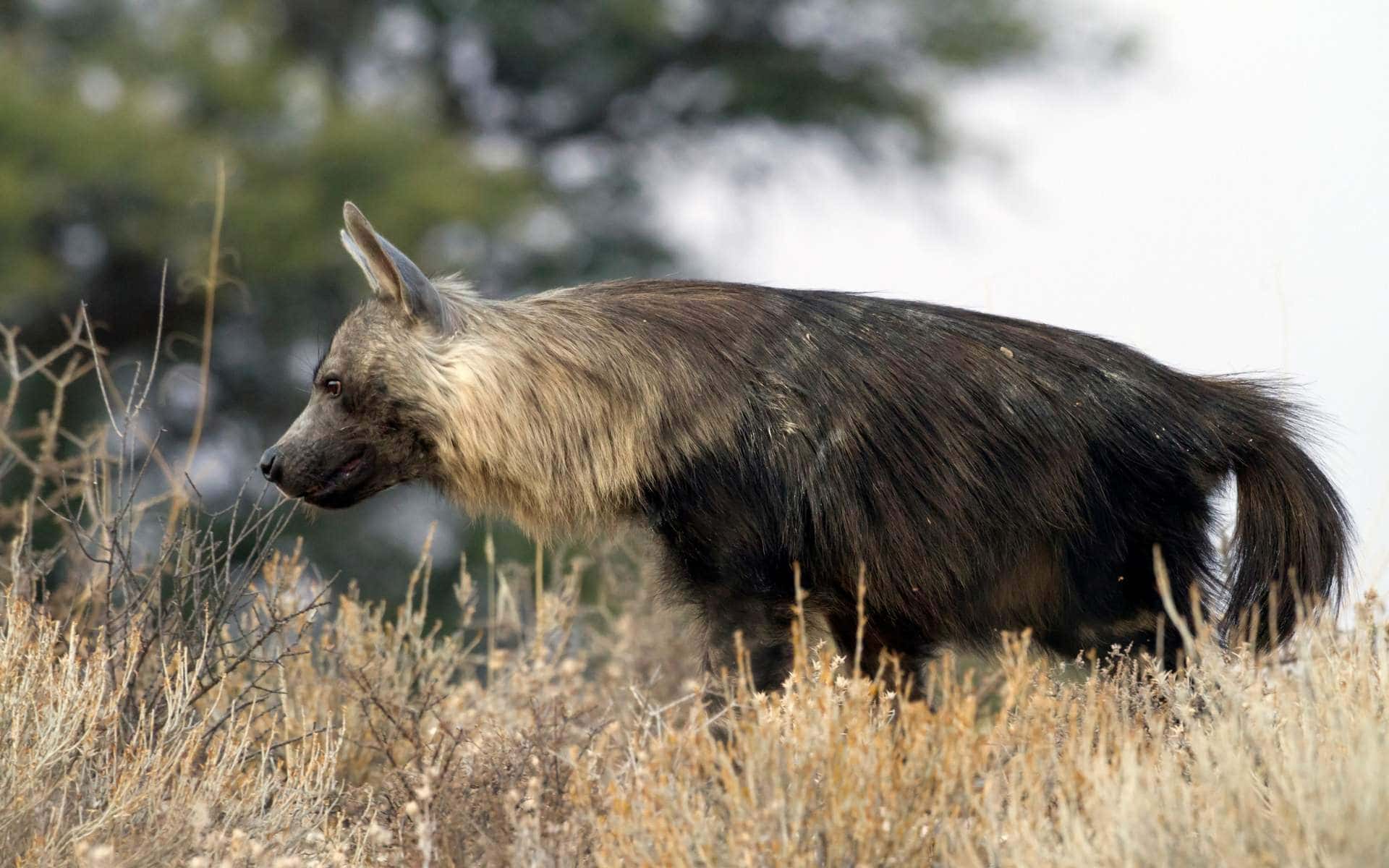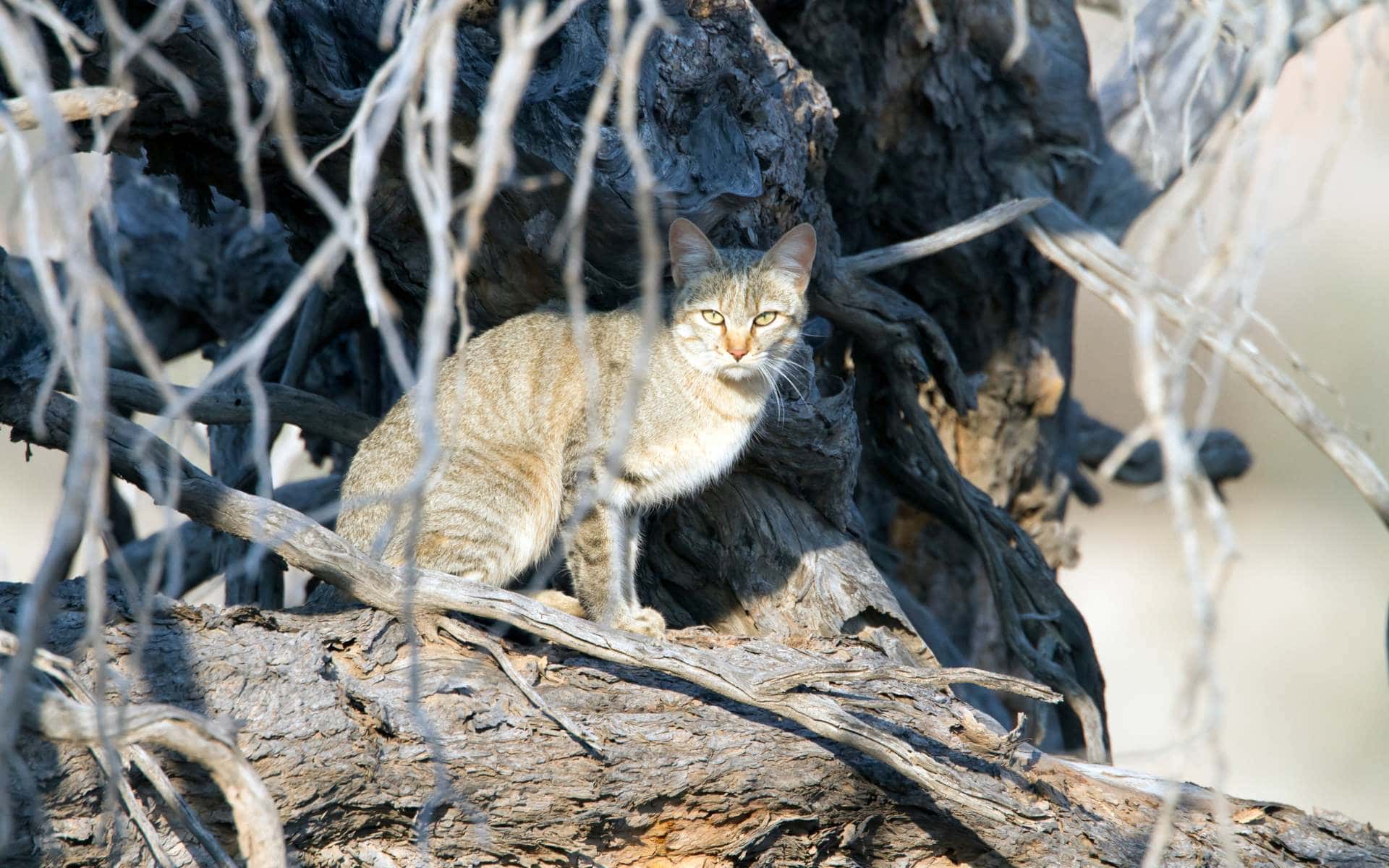Imagine red sand dunes and scrub stretching out into the horizon; looking out, you feel as if you’re the only person exploring this wilderness – there isn’t another game vehicle or group in sight. Kgalagadi Transfrontier Park is the perfect safari destination if you’re looking for a less crowded experience, a place far away from well-trodden paths. In order to maintain the park’s pure wilderness experience, authorities strictly control the number of vehicles that travel the trails. This makes for a truly secluded African safari experience.
Must-Visit Areas in Kgalagadi Transfrontier Park
During a Kgalagadi safari, travel across dry river beds and seemingly endless red sand – the vistas will astound, and you’ll find yourself keeping your camera at the ready to capture the incredible sightings:
Mabuasehube Pan: True Remoteness

Here, the terrain consists of typical Kgalagadi trees and shrubs along with some open grasslands; the pan’s floor is rich in salts, which attracts animals. While traversing this pan, there’s a good chance you’ll come across predators such as the famous black-maned lions, cheetahs, leopards, brown hyenas, bat-eared foxes, lynxes, and silver foxes. After the rainy season, the pans fill with water and become the perfect respite for the wildlife of the area.
Nossob River: Incredible Wildlife Sightings
Kgalagadi Transfrontier Park spans Botswana and South Africa. The Kalahari Gemsbok National Park and Gemsbok National Park joined to become one massive wildlife and conservation area. The Nossob River forms the boundary between the two countries. Usually a dry river bed, it only becomes a water source in the dry desert after a period of extremely high rainfall. This is a fantastic area to spot the predators of the land and photograph unique landscapes.
When’s the Best Time to Go to Kgalagadi Transfrontier Park?
Just after the rainy season, when the rivers are flowing and the watering holes are full, is the best time to go on Kgalagadi safari tours. From March to May (the end of the wet season), the surrounding environment is lush, and wildlife can be seen gathering around water sources. May through September is the dry winter season – still an excellent time for game viewing. For birdwatching, plan your trip between November and April to see migrant species.
Wildlife Found in Kgalagadi Transfrontier Park

Kgalagadi is home to several antelope species, including springbok, gemsbok, hartebeest, eland, and wildebeest. While giraffes are rare sightings, they are still present in the park. Predators such as lions, cheetahs, and hyenas are easily visible, while leopards can be more challenging to spot. The extremely rare Temminck’s ground pangolins are found in this region, but they’re extremely elusive.
For birders, the park has an impressive list of over 300 species, although more than half are migrants. Many birds of prey can be seen, including the black-chested snake eagle, lanner falcon, martial eagle, white-headed vulture, and more.
How to Get to Kgalagadi Transfrontier Park
The closest domestic airport to the park is Upington Airport, which can be accessed from Cape Town International or OR Tambo International in Johannesburg. After arriving in Upington, the park is about a two-and-a-half-hour road transfer. There are airstrips in the park for charter flights.